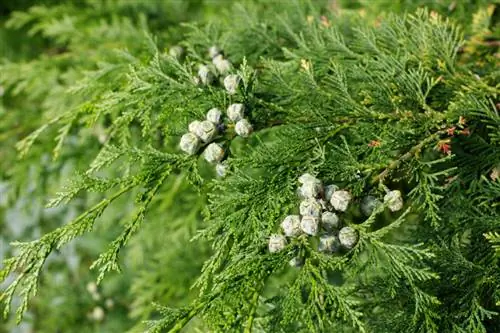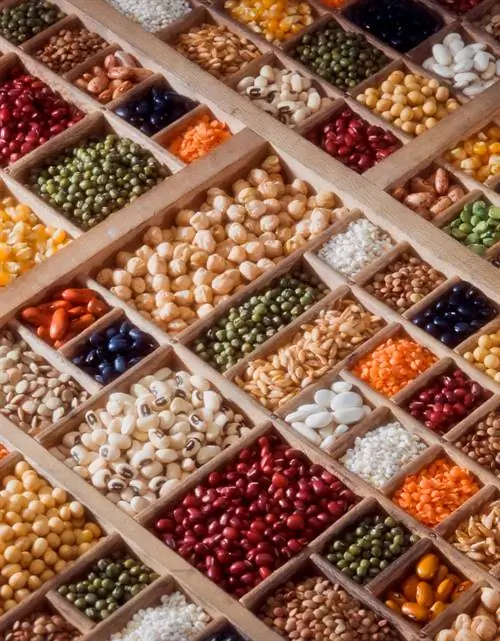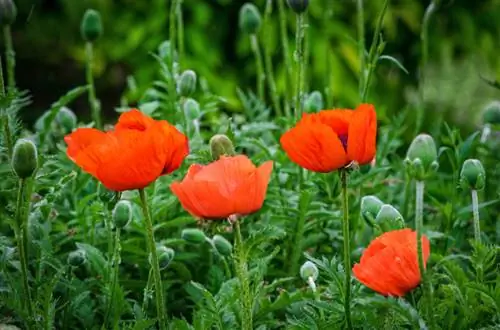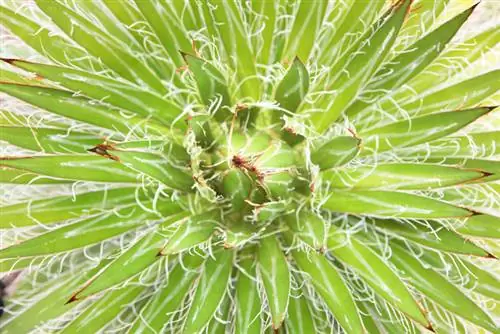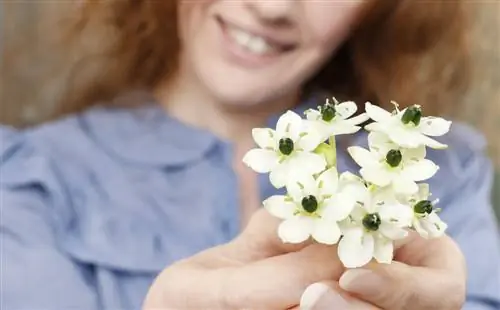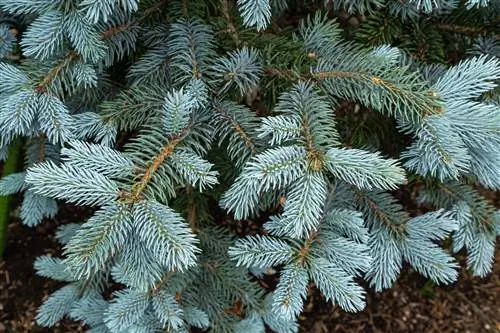- Author admin [email protected].
- Public 2023-12-16 16:46.
- Last modified 2025-01-23 11:20.
The blue false cypress, a subspecies of the false cypress family, is, like almost all conifers, poisonous in all parts of the plant. Therefore, only plant the decorative blue cypresses out of the reach of children and pets.
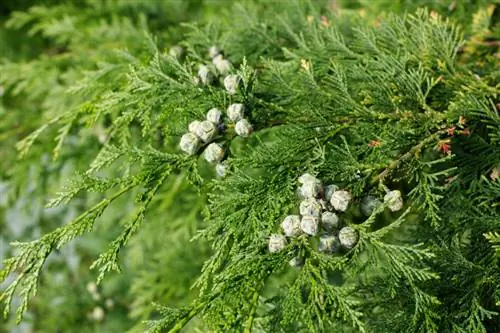
Is the blue cypress poisonous?
The blue cypress is poisonous to humans and animals because all parts of the plant, such as bark, leaves and cones, contain toxins such as thujene, pinene and other terpenes. Skin irritation, diarrhea, nausea and vomiting may occur upon contact or ingestion.
The blue cypress is poisonous
All parts of the blue cypress - bark, leaves and cones - are poisonous. They contain:
- Thujene
- Pinene
- other terpenes
The essential oils can cause skin irritation even when they come into contact with the skin. If plant parts are swallowed, symptoms such as diarrhea, nausea and vomiting occur.
Do not plant in gardens with children or pets
If children and animals are part of the household, you should avoid planting blue cypresses to be on the safe side.
Grazing animals such as cattle, horses and sheep are also at risk from blue cypresses. Therefore, always maintain a sufficient planting distance from pastures.
Tip
Blue false cypresses (bot. Chamaecyparis) can hardly be distinguished externally from true cypresses (bot. Cupressus). The most important distinguishing features are the slightly flattened branches, smaller cones and earlier seed maturity.

